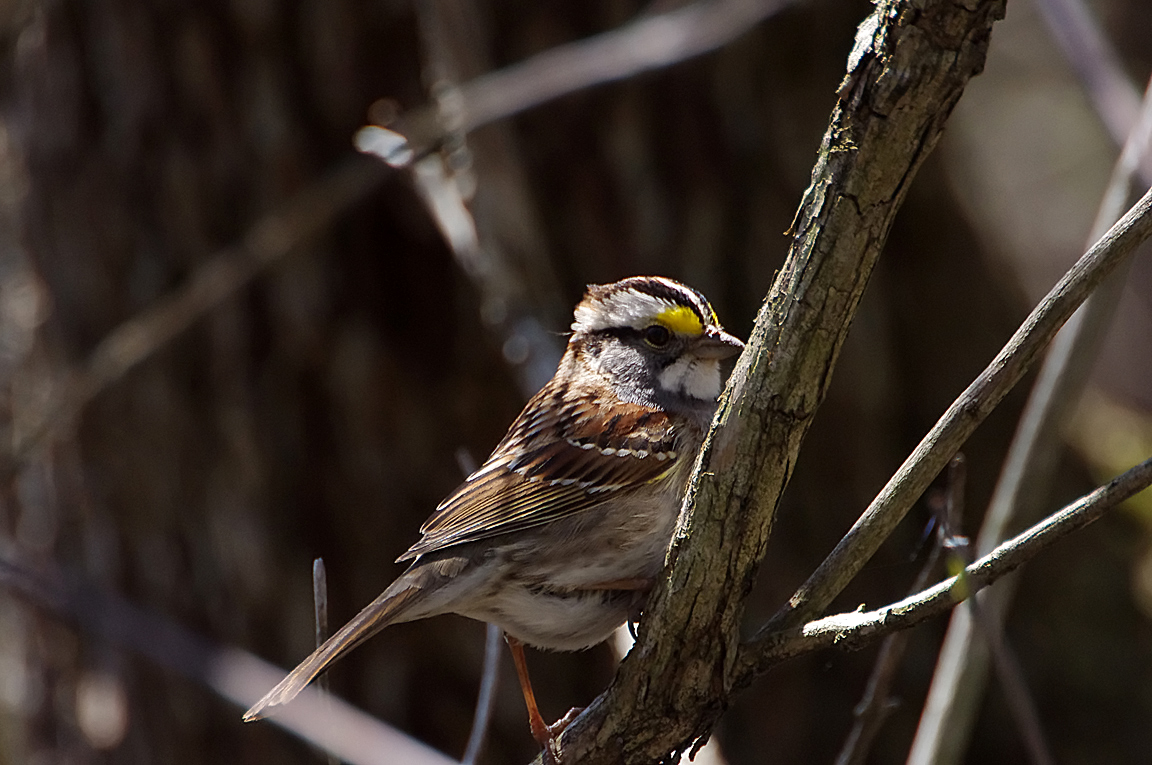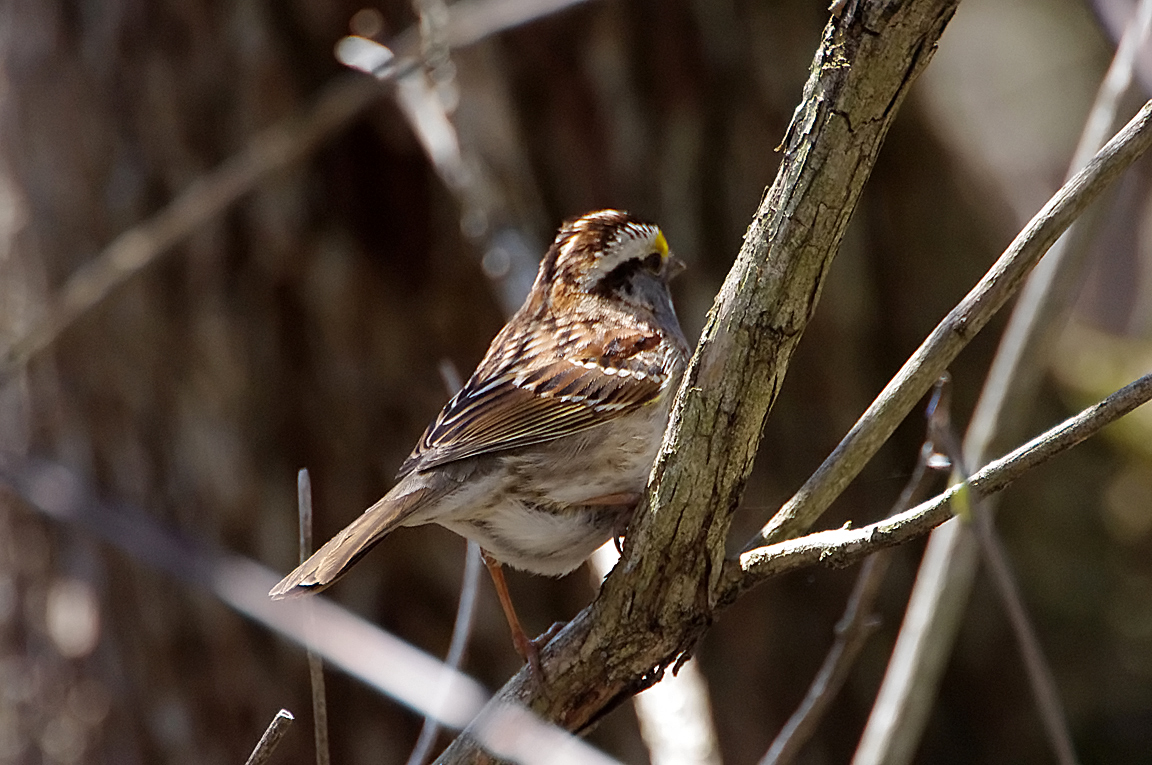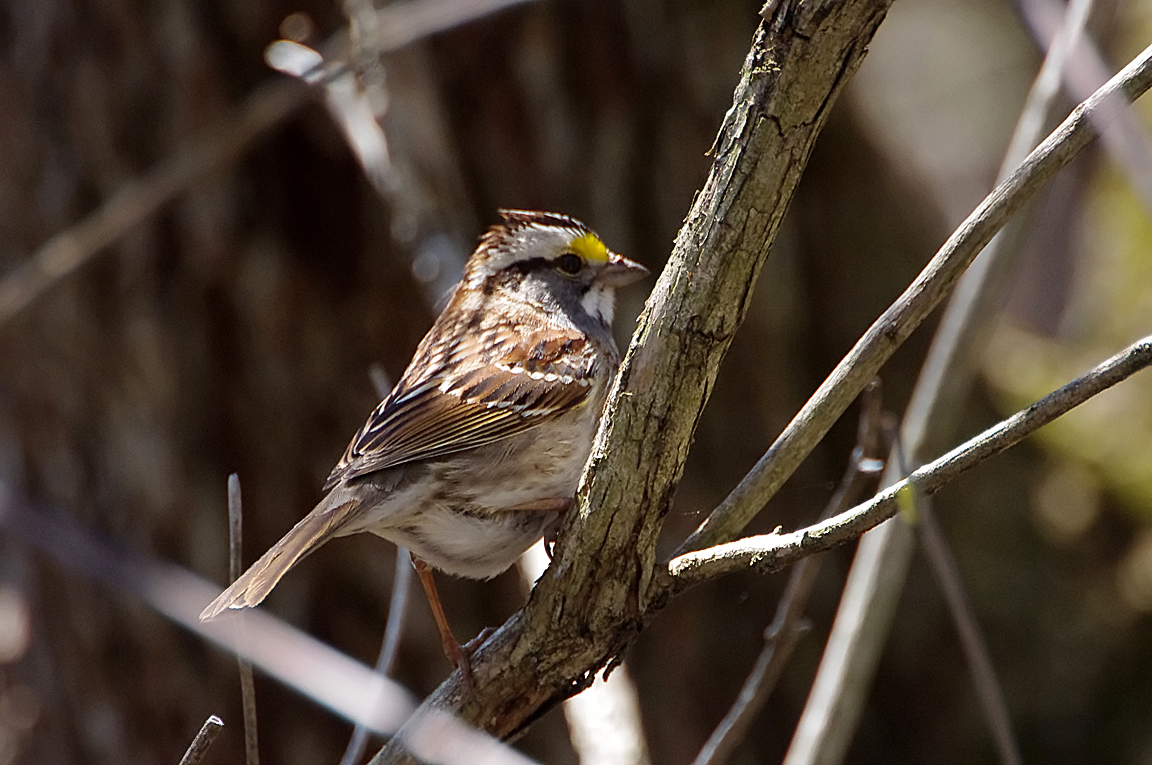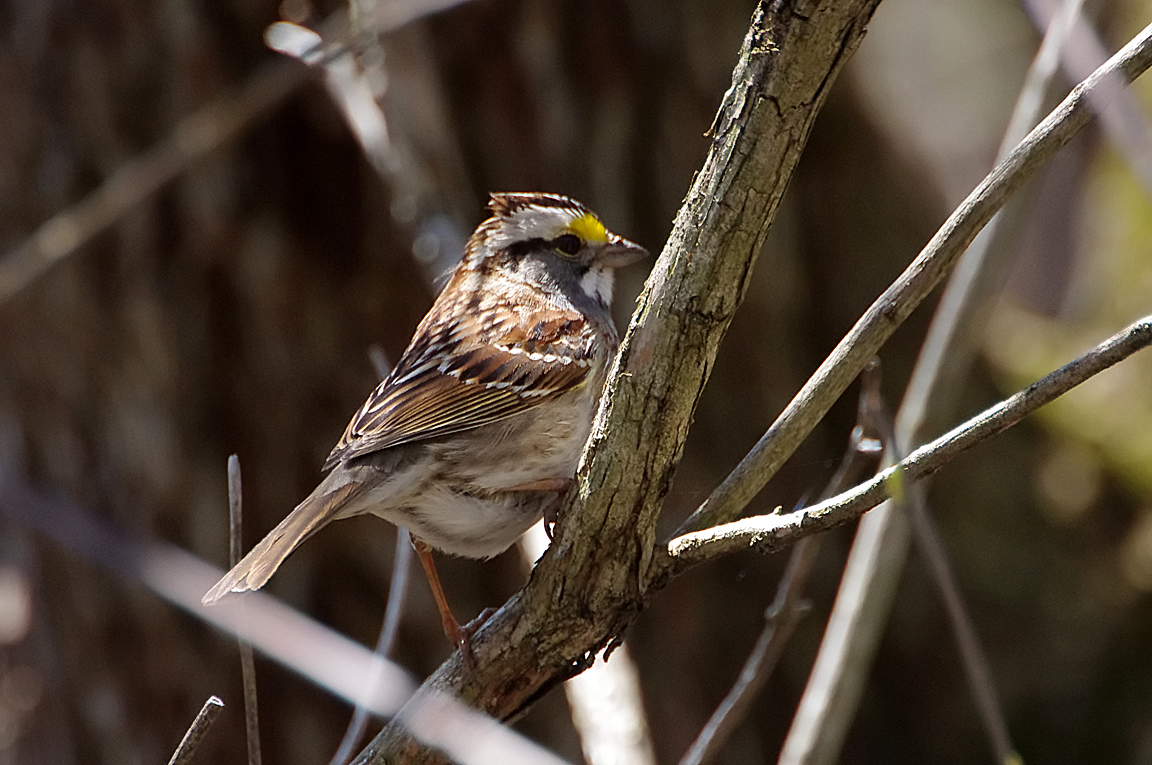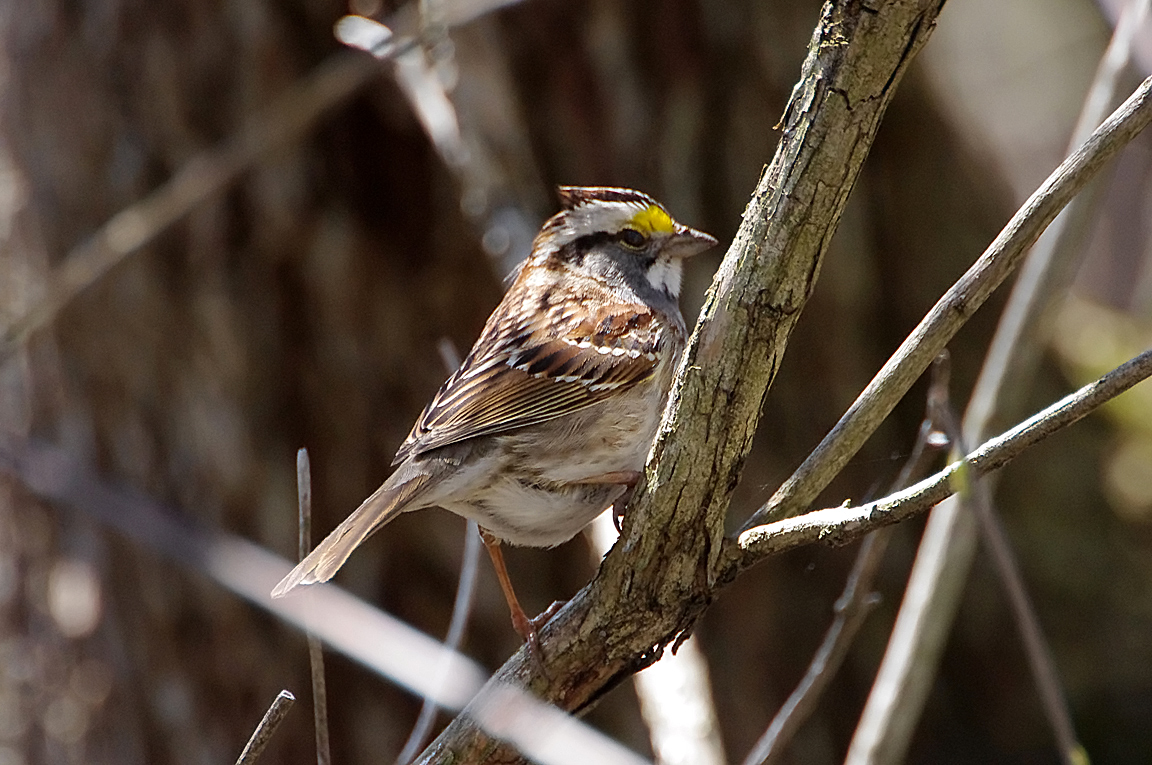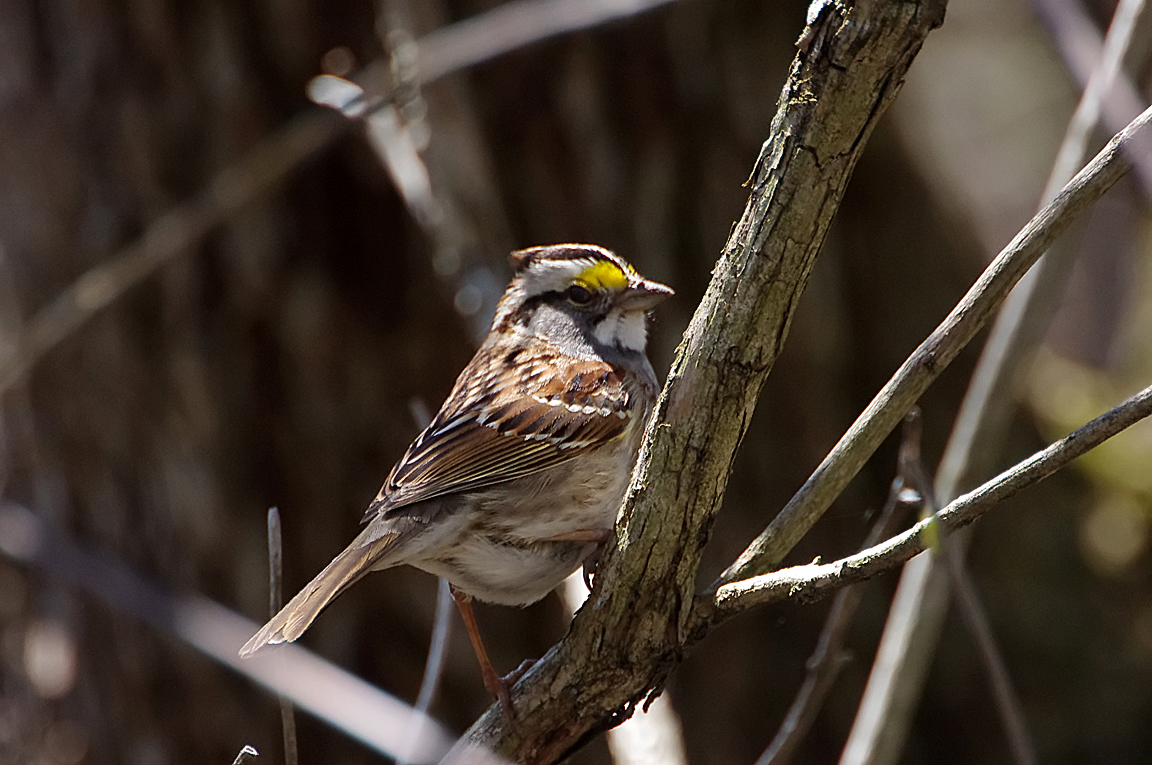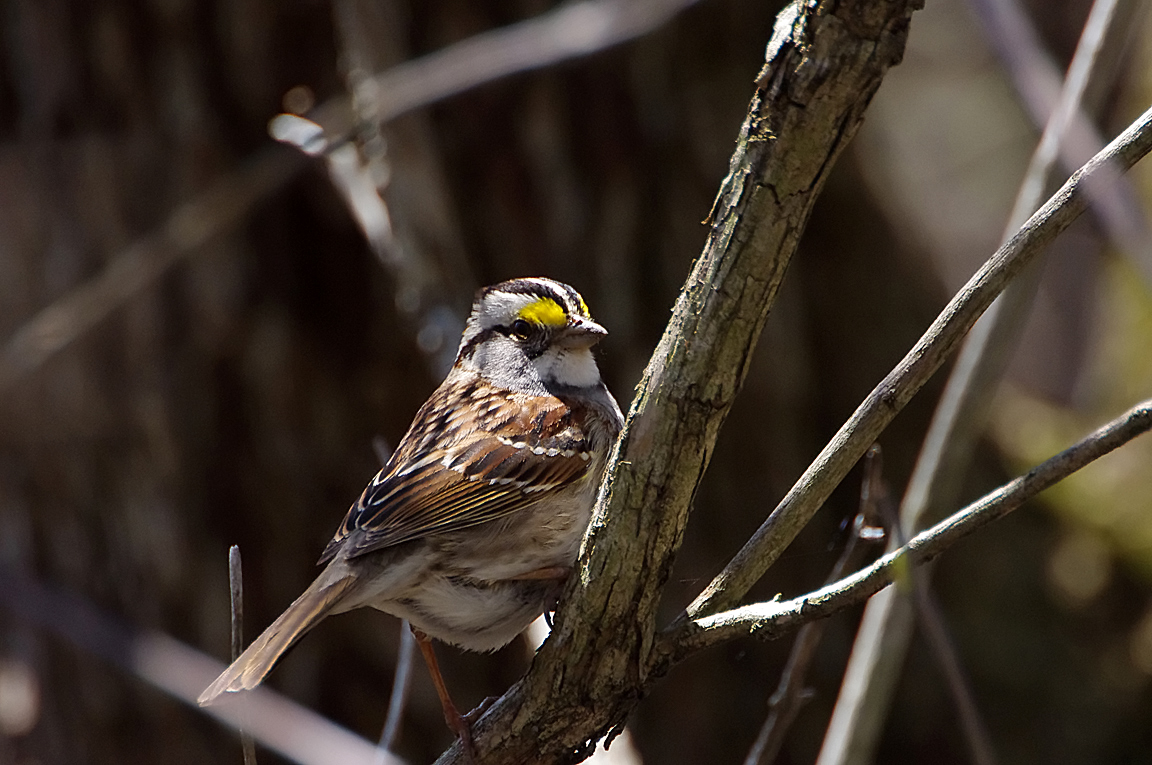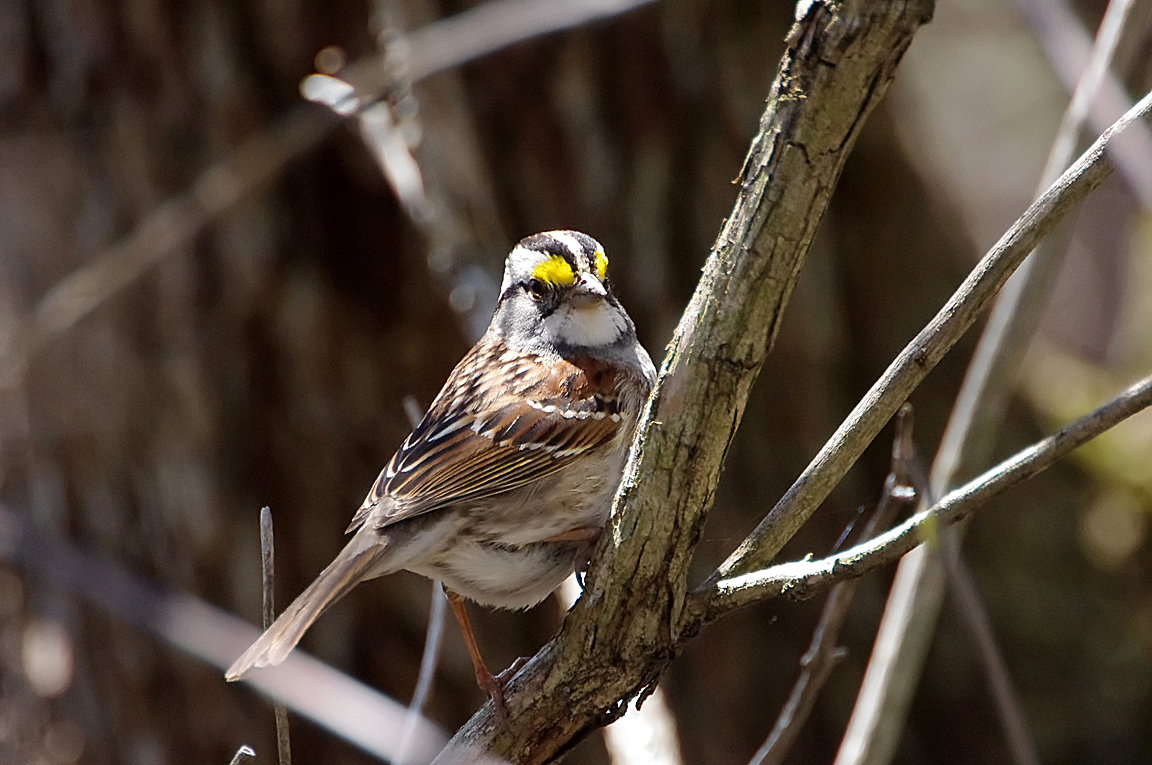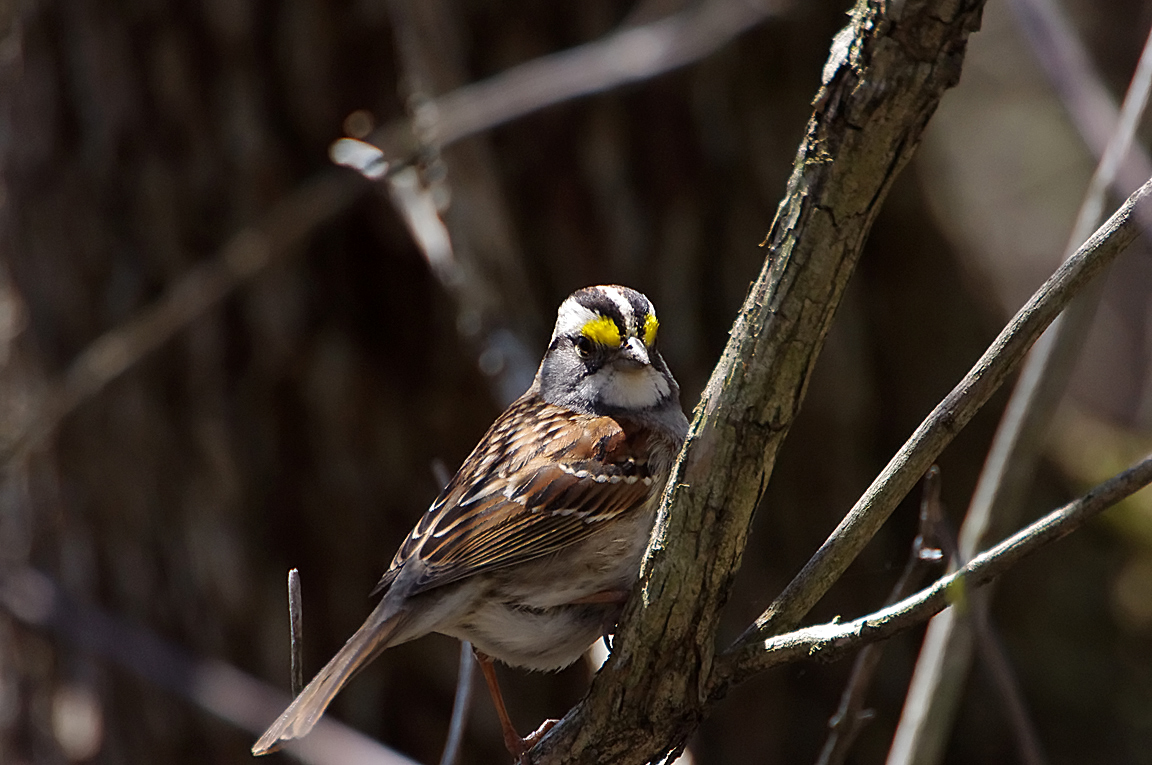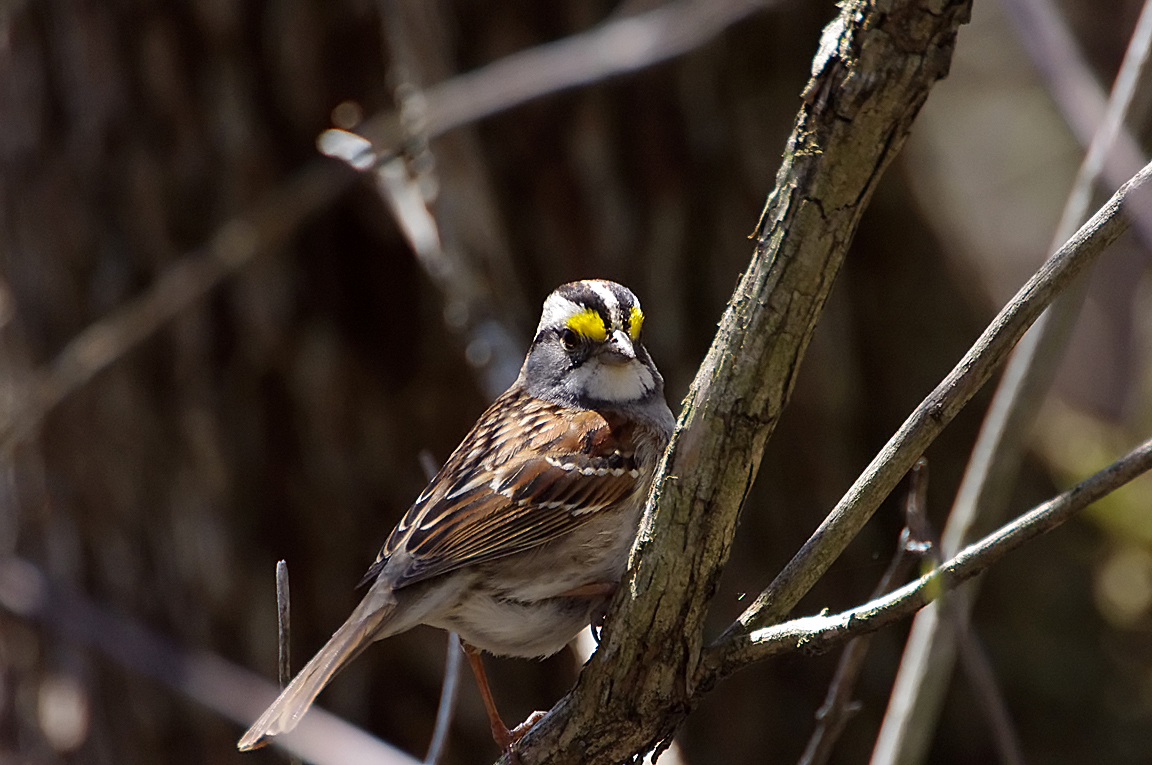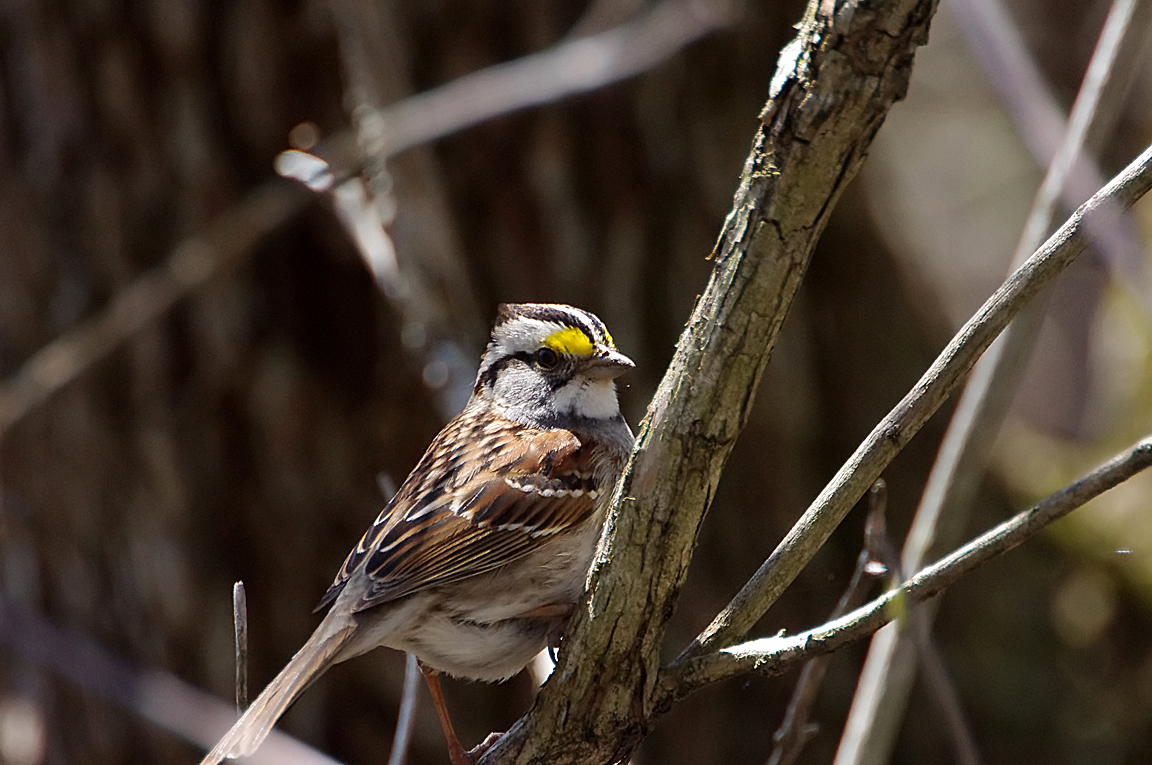|
|
|
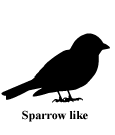 |
White-throated Sparrow
|
| Zonotrichia albicollis | |
Crisp facial markings make the White-throated Sparrow an attractive bird as well as a hopping, flying anatomy lesson. There's the black eyestripe, the white crown and supercilium, the yellow lores, the white throat bordered by a black whisker, or malar stripe. They're also a great entree into the world of birdsong, with their pretty, wavering whistle of Oh-sweet-canada. These forest sparrows breed mostly across Canada, but they're familiar winter birds across most of eastern and southern North America and California.
Interesting Information
-
The White-throated Sparrow comes in two color forms: white-crowned and tan-crowned. The two forms are genetically determined, and they persist because individuals almost always mate with a bird of the opposite morph. Males of both color types prefer females with white stripes, but both kinds of females prefer tan-striped males. White-striped birds are more aggressive than tan-striped ones, and white-striped females may be able to outcompete their tan-striped sisters for tan-striped males.
-
Although they look nothing alike and aren't particularly closely related, the White-throated Sparrow and the Dark-eyed Junco occasionally mate and produce hybrids. The resulting offspring look like grayish, dully marked White-throated Sparrows with white outer tail feathers.
-
White-throated Sparrows typically nest on or near the ground. Occasional nests are built up to 15 feet off the ground in conifers. Usually, these nests are second attempts after a pair has had a ground nest robbed by a predator.
-
The oldest recorded White-throated Sparrow was 9 years 8 months old.
Description
Adult Description
Size & Shape
The White-throated Sparrow is a large, full-bodied sparrow with a fairly prominent bill, rounded head, long legs, and long, narrow tail.
-
Length Range: 16-19 cm (6.25-7.5 in)
-
Weight: 26 g (0.9 oz)
-
Size: Small (5 - 9 in)
Color Pattern
White-throated Sparrows are brown above and gray below with a striking head pattern. The black-and-white-striped head is augmented by a bright white throat and yellow between the eye and the bill, which is gray. You'll also see a less boldly marked form, known as "tan-striped," with a buff-on-brown face pattern instead of white-on-black.
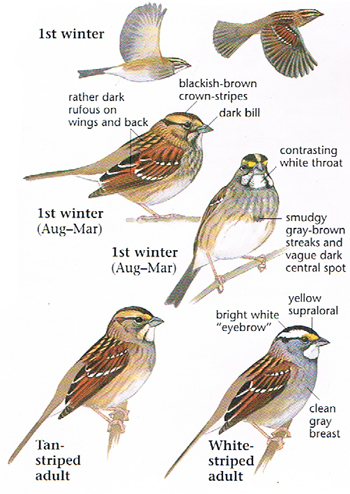
Photo taken from: The Sibley Field Guide by David Allen Sibley
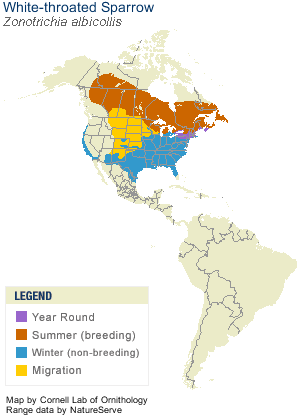
© 2003 Cornell Lab of Ornithology
|
Habitat |
|
In summer, White-throated Sparrows are birds of forests across Canada, the northeastern U.S., and the northern Midwest. Look for them in either coniferous or deciduous forests up to treeline, especially around openings with low, dense vegetation; in areas regrowing after logging, fires, or insect damage; or edges of ponds, meadows, and bogs. During migration and winter, you'll find White-throated Sparrows along edges of woodlots, hedgerows, thickets, weedy fields, suburbs, backyards, and city parks. |
|
Behavior |
|
White-throated Sparrows hop when they're on the ground rather than walking or running. They forage in the leaf litter, often using both feet at once to scratch backwards, then pounce forward at anything they've uncovered. They also toss leaves aside with flicks of the head. During the breeding season the males are aggressive, chasing each other off their territories. "White-striped" forms tend to be more aggressive than "tan-striped" forms. Later in the breeding season this aggressiveness declines, and by fall White-throated Sparrows form large flocks that forage together. Hierarchies, or pecking orders, exist in these winter flocks. Males are typically dominant over females, but whether an individual is white-striped or tan-striped seems to have no bearing on status. When pairing up, white-striped forms tend to choose tan-striped individuals, and vice versa. Pairs stay together for the summer, but birds often choose new partners the next year. White-throated Sparrows take short flights between adjacent branches when foraging and fly with rapid wingbeats. |
|
Food |
|
White-throated Sparrows eat mainly the seeds of grasses and weeds, including ragweed and buckwheat, as well as fruits of sumac, grape, cranberry, mountain ash, rose, blueberry, blackberry, and dogwood. In summer they eat large numbers of insects that they catch on the forest floor or, occasionally on quick flights out from low vegetation. These include dragonflies, wasps, stinkbugs, beetles, flies, and caterpillars, as well as spiders, millipedes, centipedes, and snails. Parents feed their nestlings almost exclusively animal matter. During winter, White-throated Sparrows readily visit bird feeders for millet and black oil sunflower seeds. In spring they eat the tender buds, blossoms, and young seeds of oak, apple, maple, beech, and elm. |
Taxonomy
| Kingdom: | Animalia |
| Phylum: | Chordata |
| Subphylum: | Vertebrata |
| Class: | Aves |
| Order: | Passeriformes |
| Family: | Emberizidae |
| Genus: | Zonotrichia |
| Species: | Zonotrichia albicollis |
Similar Species |
|
|
Bird Sound |
|
White-throated Sparrows sing a pretty, thin whistle that sounds like Oh-sweet-canada-canada or Old-Sam-Peabody-Peabody. The whistles are even but typically move slightly up or down in pitch by the second or third note. The whole song lasts about 4 seconds. White-throated Sparrows sing often during the breeding season, even in the middle of the day, and on their winter range as well. Males of both forms sing, and so does the "white-striped" female. "Tan-striped" females sing very rarely. |
|
Eggs look like this |
|
Photo taken from: ARCTOS Collaborative Collection Management Solution |
